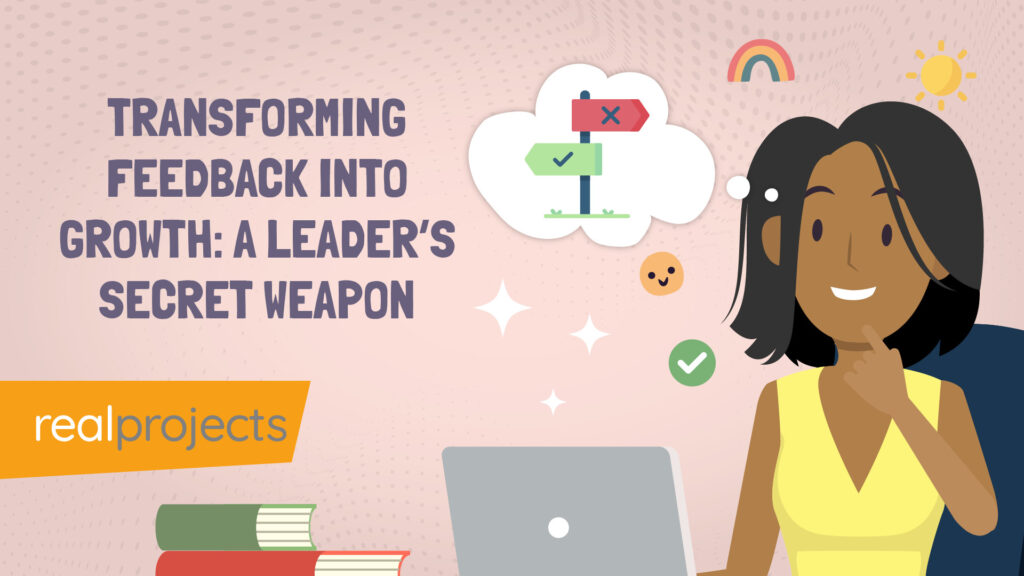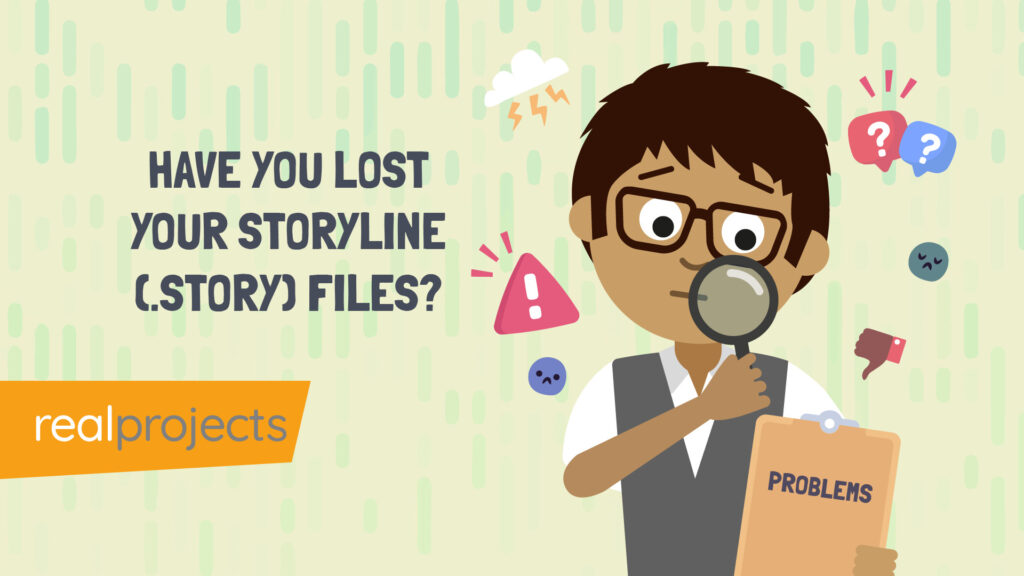Learning should never be boring. When we feel bored, we don’t concentrate, and that makes it harder to learn new skills. We’re also less likely to remember something that we find dull, making it more difficult to retain the information. That’s why it’s important, whether you’re creating elearning courses or purchasing them for your organisation, to make sure they’re fun.
“Tell me and I forget, teach me and I may remember, involve me and I learn,” Benjamin Franklin once said and modern science backs this up. There is a growing amount of scientific research which shows that when learners have fun, they are more focused, remember more and do better on tests.
The fun doesn’t need to come at the expense of informative content. It’s possible to create courses that are enjoyable and still full of the essential knowledge and practical advice that a learner needs. The fun elements are there to help get the serious messages across.
Here are eight great ways for elearning courses to be fun without compromising on quality.
Talk to the Learner, Not at Them
Nobody wants to sit through a dull lecture, listening to a monotone voice that just drones on and on. The script should reach out to the learner and grab their attention. There needs to be an engaging tone of voice to the language that’s both chatty and authoritative. If the course doesn’t sound interested in the material, why should the learner be interested? A good voice-over, one that has personality and can speak in a way that’s friendly and clear, helps bring a good script to life. The course needs to sound human.
Keep it Punchy
Patience might be a virtue, but sitting through an elearning course shouldn’t feel like a long slog. There should be a good, punchy pace to the course. Short sections help the learner to focus on each key bit of information, giving them the opportunity to take it in, before moving on to the next point. Done this way, there’s less time for their mind to wander or become distracted.
A short course also helps the learner to complete it more quickly, so they can return to their work and apply what they’ve learned.
Don’t Overload Things
It can be tempting to squeeze as much into a course as possible, especially a short course. The more information, the more the trainee will learn, right?
It doesn’t quite work like that. When there’s too much text on screen, it can be daunting. Too much animation can be a distraction. A course needs to stick to the essential points.
There needs to be enough going on to allow the learner to understand the ideas being explained, but also enough space for the learner to take in and process the information.
Set Clear Goals
When someone asks, “What’s the point of this?” it’s a clear sign that they’re not engaged in the activity and would much rather be doing something else. It’s important that each course has a clear set of learning outcomes. Ideally, these should be explained at the start of the course, so the learner isn’t left wondering what it’s all about. Instead, they’ll know what they need to focus on and can have the satisfaction of feeling like they’re working towards something important.
Animate It
An elearning course isn’t an instruction booklet or another article on the subject. It can use all the resources of animation, sound, and video to make the material come alive.
Using visual content that’s attractive to look at and fun to watch will appeal to the earner and draw them in. As they listen to the voiceover, animation and video can help hold their attention and be used to illustrate the key points being made. Even text can be accompanied by sounds or animated to make it more engaging.
People Remember Characters
Show, don’t tell, is a classic maxim of good writing and it applies to elearning courses. Instead of a course dryly explaining how to deal with an angry customer, for example, it’s better to show a character following best practice and dealing with the situation successfully.
Using characters has the advantage of making what might otherwise be abstract points come alive. Our emotions are awakened and we want to know what the outcome will be. Seeing the skill in action also helps the learner to understand it more fully and helps it stick in the memory.
Let the Learner Join In
A passive learner isn’t going to get the most that they could out of a course. It’s important to get them involved in what they’re learning about. Interactive exercises, scattered throughout the course, mean that they can’t just sit there but have to get involved with the material. Interactive quizzes also provide a way for them to join in, as well as being a great tool to measure how much they’ve learned.
Use Great Content
At the end of the day, elearning courses are about the content. But it doesn’t have to be the boring part. When content is well-researched, insightful, and relevant to the learner, they’re likely to find it interesting and engaging.
Fun might not always seem like an important attribute of an elearning course. It can be easy to think that an accurate course that includes all the necessary information is enough. But unless the course engages the learner, that great material will go to waste.
Do These Tips Really Work?
These aren’t just tips that we’ve plucked out of the air. At Real Projects, we have years of experience creating high-quality elearning courses. We’ve got a track record of providing excellent bespoke courses for a range of companies and we’ve created a library full of great off-the-shelf courses.
Our courses are all rigorously researched and based on the most recent up-to-date research and expert advice, but we always make sure they will fully engage the learner and provide a great learning experience.



